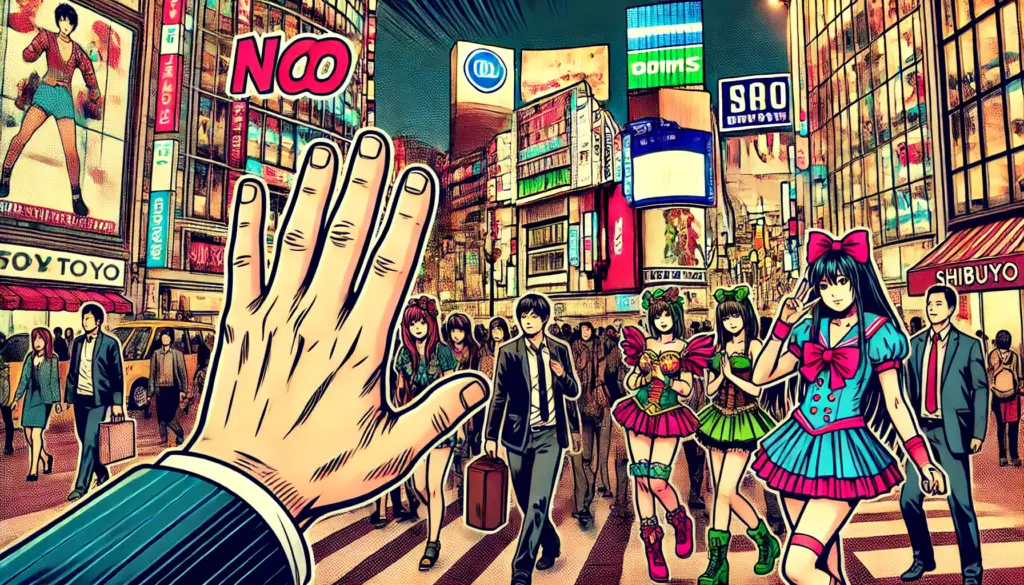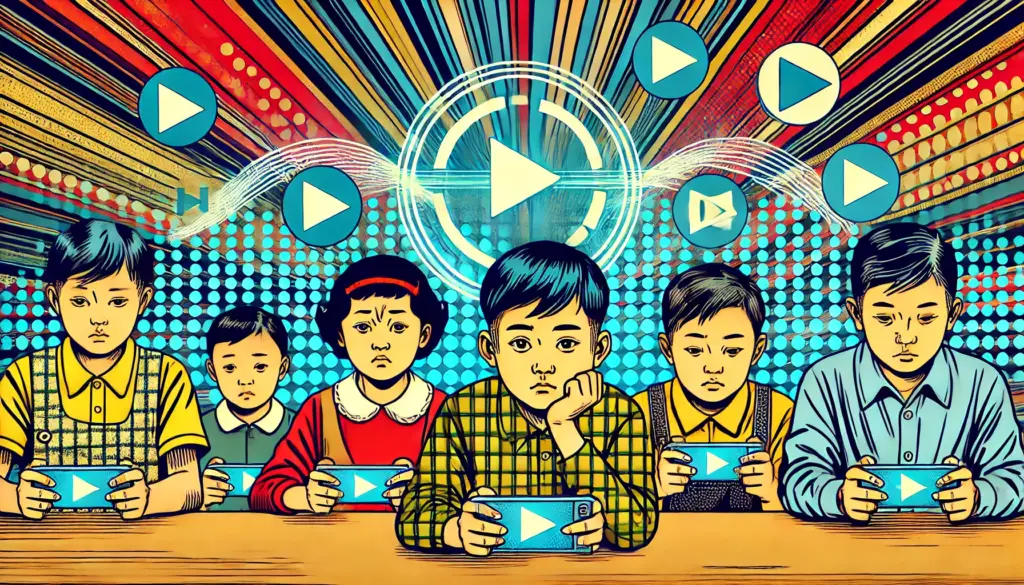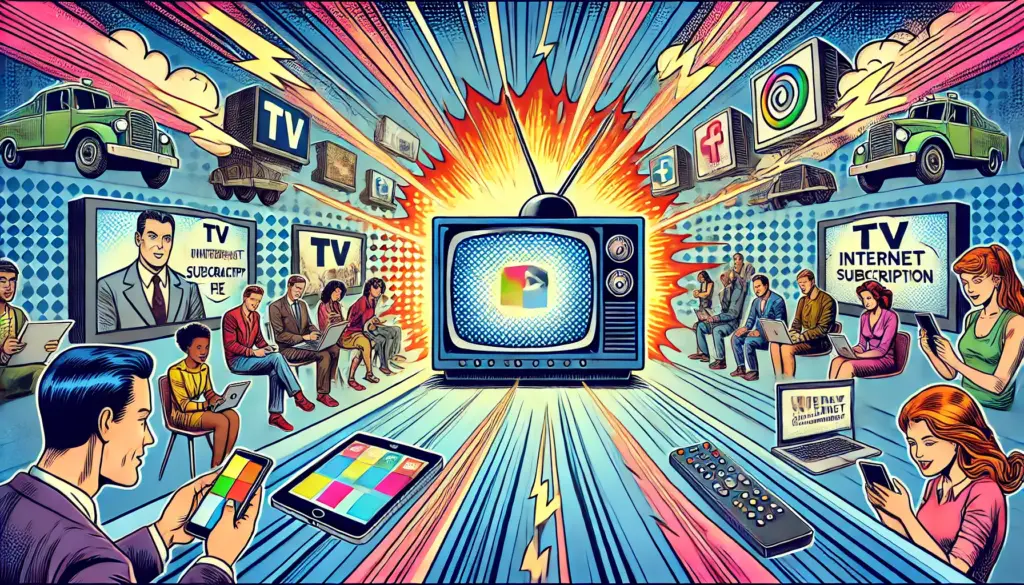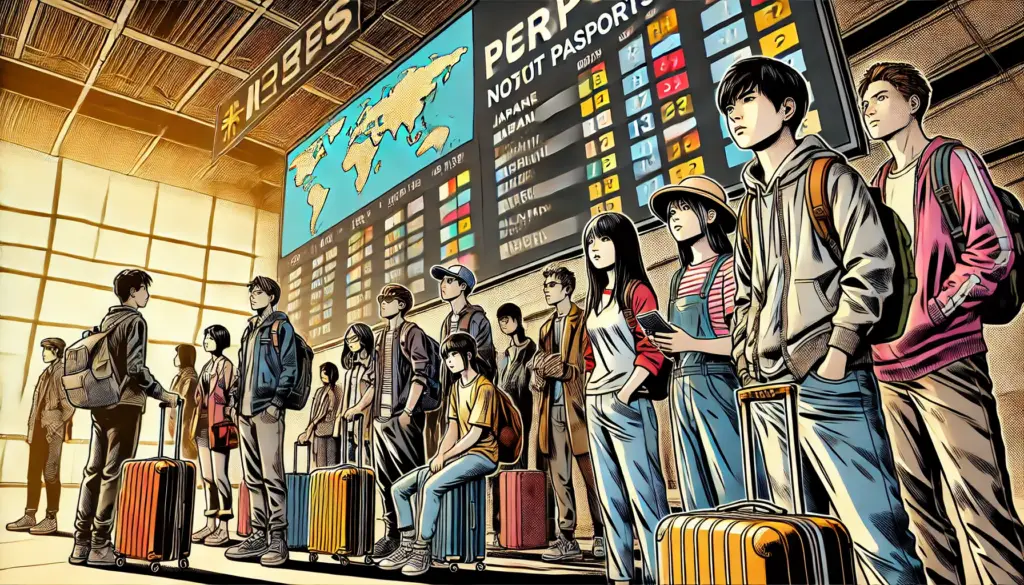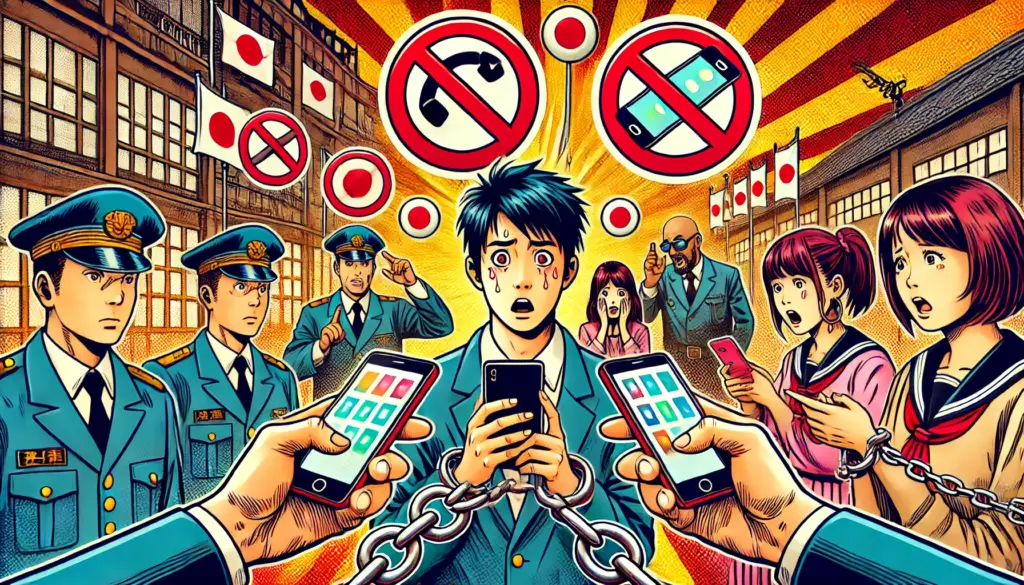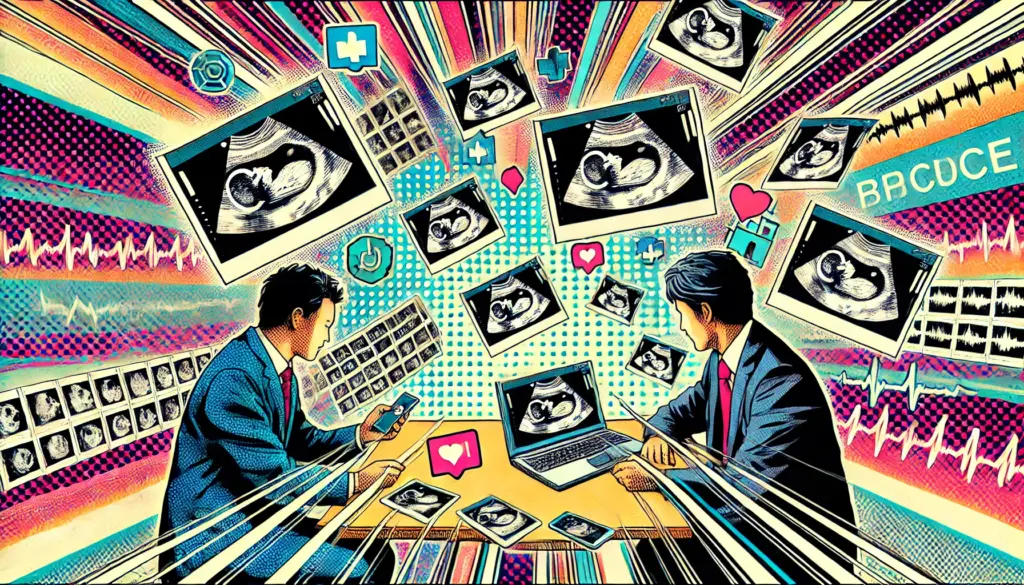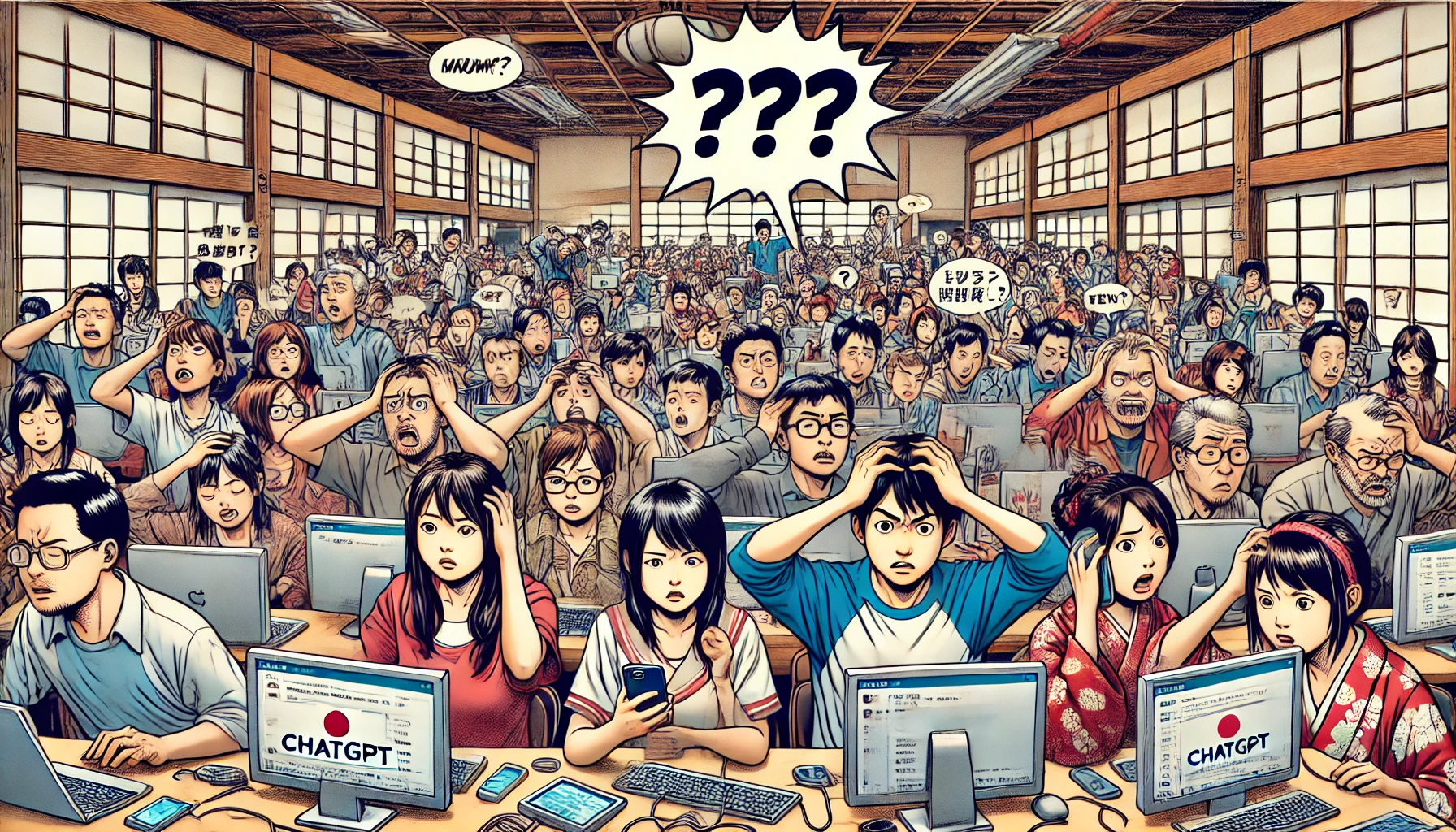
Japan is globally famous for its robots 🤖—from humanoid helpers at hotels to precision machines in factories. So, it may come as a surprise that when it comes to using AI in actual work settings, Japan is lagging far behind. Recent surveys reveal that Japan’s workplace AI adoption rate is one of the lowest among developed countries. But why is this happening in a country that practically worships robotics?
The Paradox: High Robot Affection, Low AI Integration
Japan’s fascination with robots runs deep. Pop culture has long embraced mechanical heroes like Astro Boy and Gundam. Industrial robots have powered Japanese factories for decades. However, artificial intelligence—especially in business processes like decision-making, document processing, or customer support—is not seeing the same embrace.
A 2024 report by the Ministry of Economy, Trade and Industry (METI) showed that less than 30% of Japanese businesses are using AI tools in daily operations, compared to over 60% in the U.S. and 50% in South Korea.
Reasons Behind the Low AI Adoption Rate
Here are the main reasons experts cite for Japan’s slow adoption of workplace AI:
🧓 1. Aging Corporate Culture and Risk Aversion
Many Japanese companies, especially traditional ones, operate on a seniority-based hierarchy where decision-making is slow. Adopting AI often requires organizational change, which tends to be avoided. There’s a deep-rooted preference for human judgment over algorithmic decision-making, particularly among senior management.
📄 2. Heavy Reliance on Paper and Manual Workflows
While other nations have digitized many internal processes, Japanese companies still depend heavily on faxes, handwritten documents, and paper-based workflows. AI thrives in digital environments—but if documents aren’t digitized, there’s little room for automation.
😰 3. Fear of Job Loss and Employee Resistance
There is strong anxiety among workers—particularly older employees—that AI will replace human jobs. To preserve harmony in the workplace, companies often avoid openly pushing AI initiatives. In fact, many firms introduce AI cautiously, often under the radar, to avoid triggering internal resistance.
🧑🏫 4. Lack of AI Literacy and Skilled Talent
Japan is facing a shortage of AI-proficient workers. Unlike countries that aggressively invest in AI education, Japan’s workforce has fewer professionals with advanced data or AI skills. Companies often don’t know how to even begin implementing AI technologies.
💸 5. High Initial Costs and Uncertain ROI
Small and medium-sized enterprises (SMEs), which make up over 99% of Japanese businesses, often find AI too expensive and too complex. Without clear, short-term returns, many hesitate to make the investment.
What the Future Might Hold 🔮
Despite the current low numbers, the tide may slowly be turning. Japan’s government has started offering subsidies and educational programs to encourage digital transformation. Additionally, with labor shortages worsening due to the aging population, many companies are being pushed to reconsider automation—including AI—not as a luxury, but as a necessity.
Younger startups and tech-savvy companies in urban areas are already showing signs of increased AI usage, particularly in marketing, logistics, and customer analytics. Generative AI tools like ChatGPT and Japanese language-specific LLMs are also gaining traction.
Final Thoughts
Japan’s love for robots may be cultural, but workplace AI adoption is ultimately structural. Changing the way work is done in Japan will require more than just new technology—it demands a cultural shift, digital infrastructure upgrades, and more AI education. Only then can Japan match its robotic image with AI reality.

